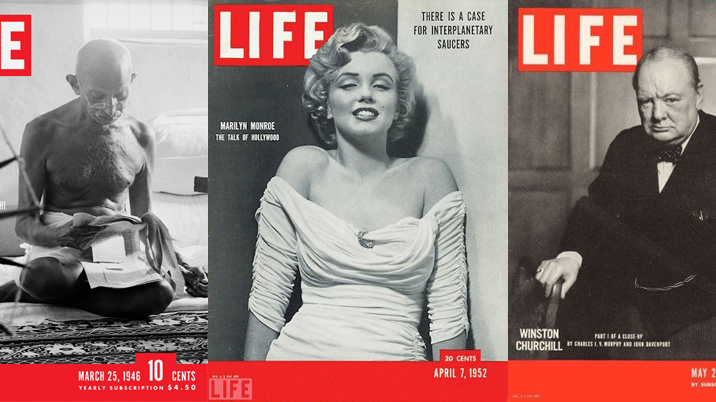
Digital transformation remains a top priority for most publishers, but digital-first should not necessarily mean digital-only. Reading in print is popular, especially when it comes to long form articles, so excluding it from your portfolio could be short-sighted.
The print circulations of many titles have declined over the past twenty years, as digital distractions have taken a greater share of people’s attention, yet some titles, including Private Eye, BBC History and The Week, are selling more print copies now than they did in 2000.
Recently, there have been examples of news sites that began life as digital only products, launching print companions. The Hull Story, which launched as a website in 2020, published its first print edition a few months ago.
Co-editor Simon Bristow said at the time, “print still has a vital role to play in local news and the newspaper and website will complement and enhance each other as we strive to reach all communities in our great city.”
Similarly, The Lead Blackpool which started as a e-newsletter earlier this year is now also available in print.
It was also reported this week that Life, one of the most iconic magazines of the twentieth century, is set to return to the newsstand. The print edition closed in 2008, but American supermodel Karlie Kloss and billionaire husband Josh Kushner have acquired the publishing rights from Dotdash Meredith and are planning a print version as well as an online presence, according to The Times.
But, probably the most compelling argument in favour of a continuing role for print is the books sector, where print continues to dominate.
As reported by The Bookseller, despite sales drops in 2023, American print unit sales in 2023 were still 10% ahead of the last pre-pandemic year in 2019.
There are still considerably more books sold in print than as e-books.
Print remains the medium of choice when it comes to long form reading. Assuming news and magazine media still see that as an important part of their output, then print newspapers and magazines have a healthy future.
As shown by the books sector, paper is not the problem. The challenge is to find the right stuff to put on it.
You can catch James Evelegh’s regular column in the InPubWeekly newsletter, which you can register to receive here.










